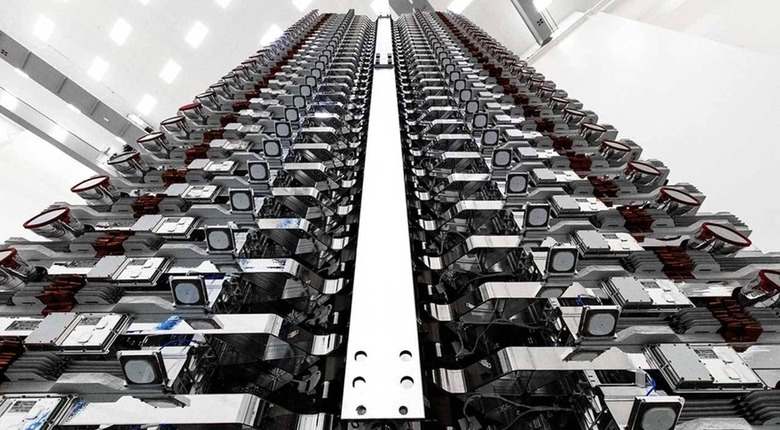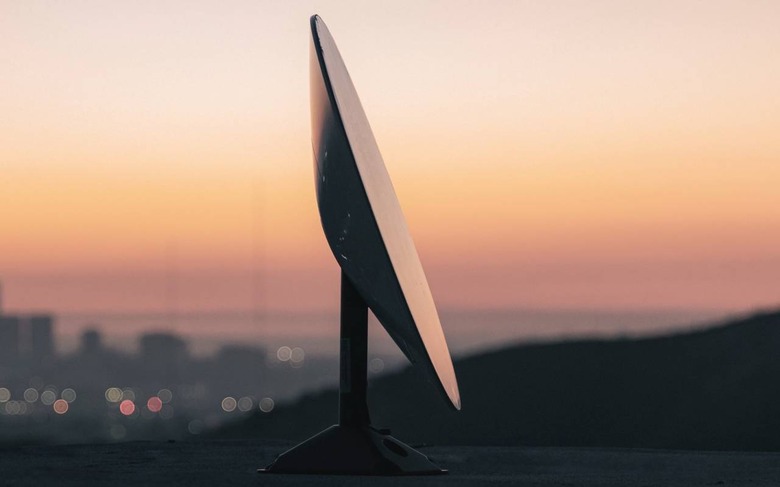Speedy SpaceX Starlink satellite production pace likely to frustrate astronomers
SpaceX is building 120 of its Starlink satellites each month, paving the way for a significant expansion in its wireless internet service, but also potentially causing more concern over those worried about the impact on astronomy. Starlink will use a mesh of low-orbit satellites to deliver internet access to users equipped with an auto-tracking dish that can be mounted on a home or RV. However it has not met with universal approval.
While the goal of more ubiquitous internet access – particularly in regions traditionally under-served by wireline ISPs or cellular networks using ground-situated basestations – has generally gone down well, the impact of Starlink on the night sky has not. Astronomers and other scientists have blamed SpaceX for interfering with observations, as the network of satellites move through the sky.

Elon Musk responded by promising a new, visor-based system which SpaceX said would make the satellites less reflective. However it's unclear just how much of an impact that will have. In July, critics were vocal in their disapproval of how the Starlink satellites photobombed images of the Neowise comet.
The furore hasn't stymied SpaceX's roadmap, though. The company launched 57 of the new "VisorSat" satellites earlier this month, and is currently building 30 more per week on average, according to a submission to the FCC. Meanwhile it has apparently "invested over $70 million developing and producing thousands of consumer user terminals per month."
It's a pace that bucks just about every other space industry trend, experts tell CNBC. SpaceX currently has almost 600 satellites in orbit, though aims to deploy around 12,000 in total. Other companies developing so-called satellite constellations targeted production more like six units per month, they say.
Beta service trials of Starlink have already started "for hundred of users in multiple states," SpaceX told the FCC, "including tribal communities." In fact, interest in the Starlink beta has been so strong, the company has requested the FCC approve a five-fold increase in the number of terminals it can make. That would take it to five million in total.

Each terminal looks much like a small satellite TV dish. One section is placed where it has a view of the sky, while the other part – linked with a powered ethernet cable – is positioned indoors, and acts as a WiFi router to share internet service with other devices. Starlink has designed the system to be auto-configuring, so that the dish will automatically locate its best angle in order to maximize data rates.
Satellites on the ground, of course, aren't much use for providing internet access. SpaceX uses its own Falcon 9 rockets for deployment, though can only carry 60 satellites at a time. Even with launches taking place roughly on a monthly basis, that still leaves a growing backlog of hardware waiting to be taken into orbit.
